While I had some requests to look into the Tokyo Game Show the way we looked into gamescom or E3, I thought that with the event being at a different scale (on this side of the world, the tool doesn’t track very well coverage from Asian media and they are just excluded from the data on these posts) it could be the opportunity to look at the coverage of different game events instead of an in-depth look at just TGS.
The usual disclaimers from the articles on the media monitor apply, but on top of this, I need to remind everyone that we can’t currently properly track E3 specifically in the media coverage (hence the slightly different methodology applied in the E3 coverage article).
Methodology for events – the Key 20 days
When looking at the way events are covered in the media, there was an interesting pattern on the timing of the coverage. There is some media attention as the event is getting closer and the hype is ramping up. You have rumours of the reveals you can expect, announcements about what to expect on site, this sort of things. Events also happen with very different timing in terms of the week of the day they happen. Business events will take place during the work week, consumer events will usually continue during the weekend. Then, you have such a density of information being thrown at the audience that you also see a good amount of coverage happening the week following the events when some interviews that couldn’t be put formatted properly during the event itself, or some change encounter that could only probably followed up on afterwards, can finally be published.
To cover all those aspects, and looking at patterns of media coverage across different events, I decided on a formula that seemed to apply fairly for all events. Taking on the first day of the event, I take the media coverage of the 9 days preceding the event, and the 11 days from the day the event start. I called them the Key 20 days, for lack of a better terminology.
As you will see, I also consider the media coverage on a daily basis, but this formula gives me a component to compare the events with each other.
Tokyo Game Show
This year’s Tokyo Game Show had a Sony press conference ahead of the show. And comparing the media coverage of this year with the coverage of last year, there is a very interesting effect that immediately noticeable.
The total amount of media coverage is not massively different from last year. But a lot of the media coverage shifted to a few days earlier, coinciding with the Sony conference.
It seems that the Sony conference had no effect but to displace when the media coverage happened. To be fair, over the key 20 days, there has been a marginal growth year-on-year, but nothing incredibly significant.
There are two possibilities:
- The Sony conference has just shifted when the media coverage is happening and there wasn’t an impact on the volume of coverage.
- The general coverage of the event decreased, and the Sony conference is hiding that decrease of media coverage.
I would tend to align with the second option, if only because the Sony Conference happened at a much more convenient time (during the work week). Of course, it shifted a lot of the Sony specific media coverage earlier, but I would have expected to see a more significant growth due to the more friendly timing. This hidden decrease could possibly be related to a weaker lineup of titles at the show this year compared to 2014.
This is just a theory though – at the end of the day TGS this year still had more media presence and any growth is a good sign for them.
Video Game Events scales
Events around video games seems to be multiplying every year, be they business events or consumer events. More and more local events are organised, conferences multiply as the industry diversifies.
In a marketing budget, events can represent very significant investments And not just because of the actual cash cost, but also in terms of the human resources that need to be allocated for it, and the disruption they can have on the development of games in order to have playable builds for them.
Getting a sense of the ROI for events is incredibly difficult – and while media coverage is one element to look at, it is definitely not the only measure to take into account. Still, this is the tool I have at my disposal, and one that can provide some interesting frame for references.
To clarify this graph, both PAXes in there are the PAX Prime event in Seattle, the largest of the PAX event. PGW is the Paris Games week and I didn’t put the 2015 numbers because the event hasn’t happened yet (it’s at the end of October). I will post the 2015 numbers on Twitter and might do a follow up of this article on it.
The reason the PGW was included, despite being a pretty “small” event from a media coverage point of view is because Sony will do an international press conference ahead of the event. It was presented as the replacement for its gamescom conference that didn’t happen this year (leaving Microsoft alone to take the lead on the event media coverage).
What is very revealing with this graph, is the difference in the magnitude of each event for media coverage. Keeping in mind that the tools we use don’t properly cover Asian media, the TGS is a significantly smaller event compared to gamescom, and it makes sense in that regard. What is more impressive is the difference in scale between those 2 events and PAX Prime.
PAX Prime is a consumer first event, but it saw more and more announcements being made there the years. Cliff Bleszinsky’s upcoming LawBreakers used that event for its first reveal for instance (and to great effect IMHO). There is an impressive discrepancy in the media impact between the premiere shows, with established brands (and strong support from the largest actors) and the rest. While I expected a big difference, this is bigger than I would have expected.
If E3 was in the graph, it would dwarf gamescom, and everything else would look even more ridiculously smaller. If anything, I feel this shows there is probably too much concentration at the moment in terms of the media coverage of events. It will be incredibly interesting to see if the PGW can show the impact of the Sony conference move for the event coverage – it could prove that spreading the communication across more events is a worthy strategy, the way they brilliantly orchestrated the Playstation Experience last year.
Summer 2015 events
With gamescom, PAX and TGS within 2 months of the summer, I thought I could show how they get covered in that period.
It is important to remember that gamescom was unusually early this year. It will be back to the 2nd of August next year, and closer to PAX Prime again.
In the graph, the fact that PAX Prime runs over a weekend is quite apparent. Where gamescom and TGS both peak around the large conferences and the first days, PAX main day is on the Monday (and the last day of the event).
I also went and looked at the media languages of those 3 events:
The first graph is looking at the total number if articles in each languages. The second graph at the number of unique websites in each languages.
For all languages, both in volume of articles and number of unique media, the gamescom is the largest event. It is a lot larger for Germany though, unsurprisingly as the event is hosted there, and a lot more local media is likely to pick up on related news.
It is interesting to note though, that there are more English media covering PAX Prime and the TGS (again, PAX being in the US, they benefit from the locality), but more articles are written in English about TGS. It shows they are just more news announced there (which is also logical considering the events profiles). However, the fact that about the same number of German media are covering PAX as TGS is more unexpected. I suspect the stronger PC profile of German media makes a larger proportion of outlets interested in PAX news, than say French media (about half of the number of websites covering TGS covered PAX). Looking at number of articles in French for the TGS compared to PAX Prime also shows a strong interest in the Japanese event compared to the other languages (and France love history with the Japanese culture could be at play here).
A few more thoughts
Large events are very unique beasts, they concentrate a lot of the communication happening in the game industry. But looking at the data for the smaller events, it is clear they are growing in terms of their media coverage too. They can play a very interesting role for companies that cannot compete with the large budgets the big shows are commanding. I will keep a close eye on those data and likely do a follow up, with a focus on events outside of the “blockbusters” of each continent (E3, gamescom, TGS).


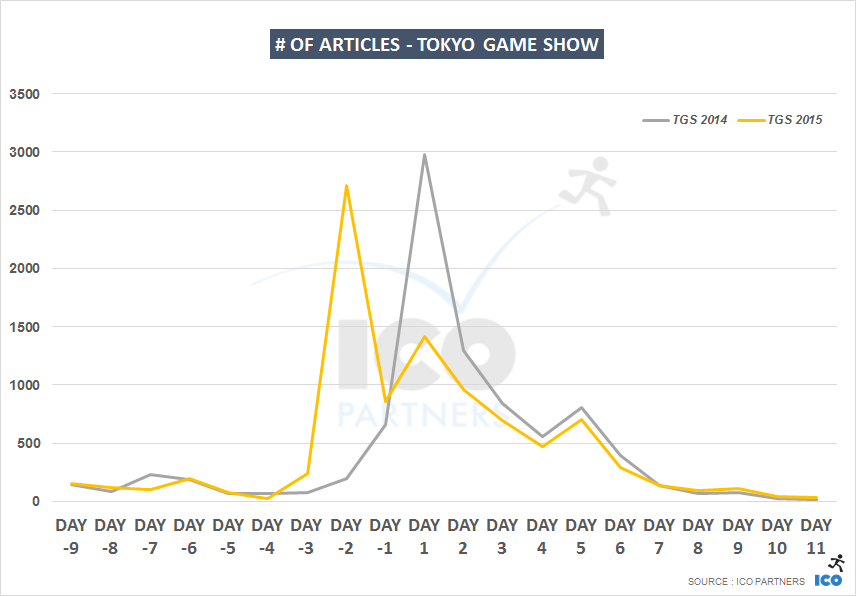
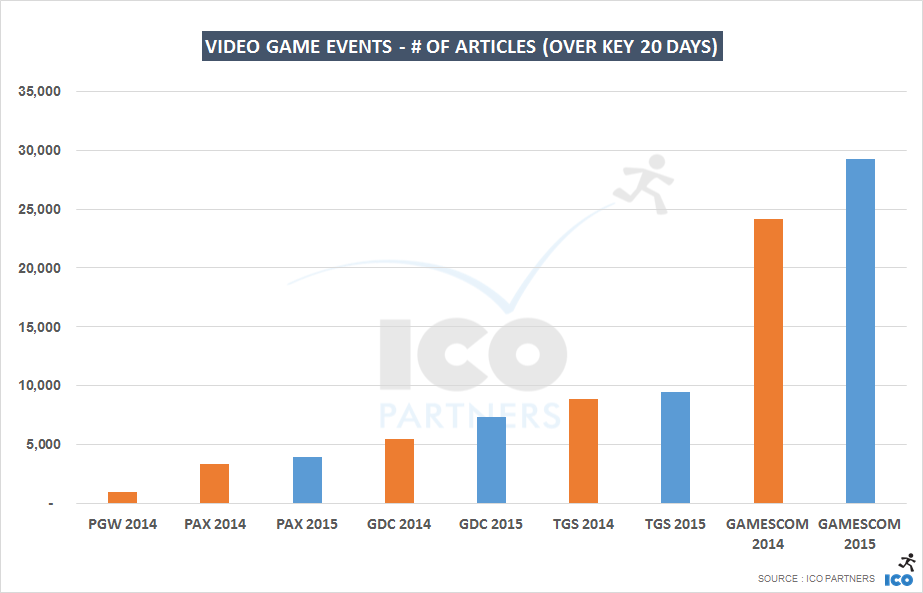

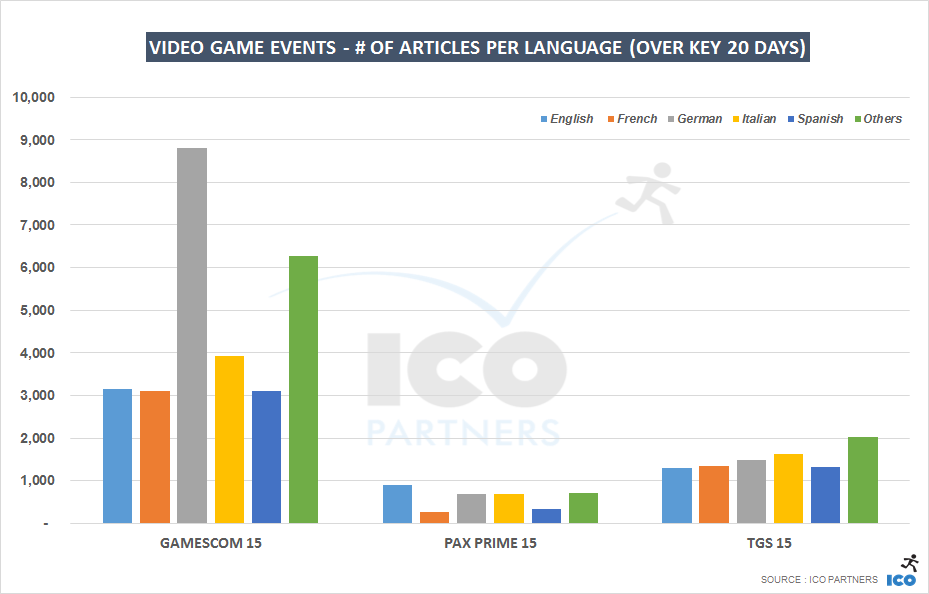
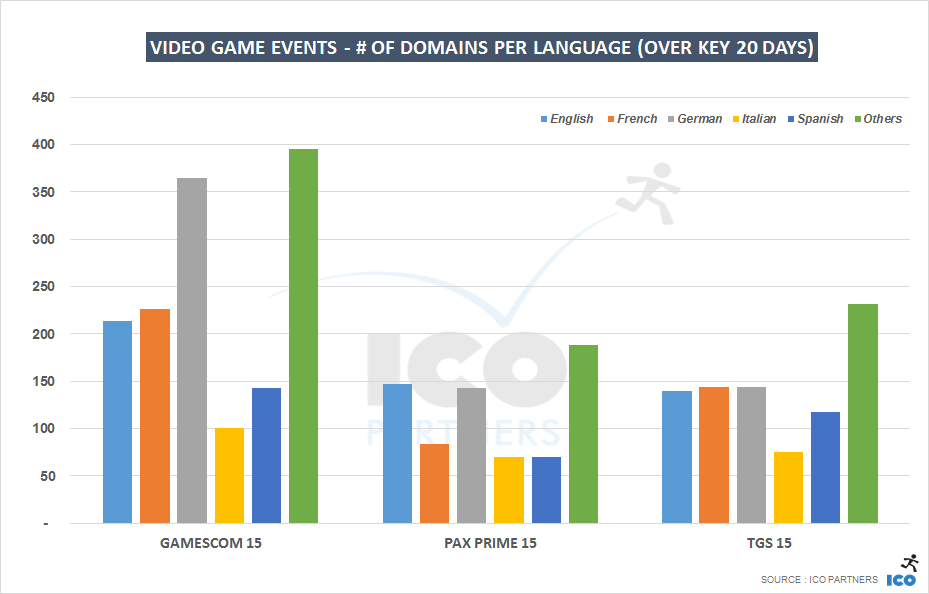
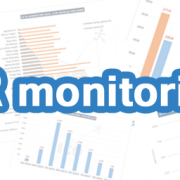
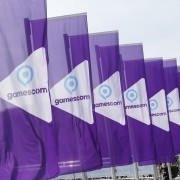
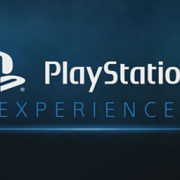
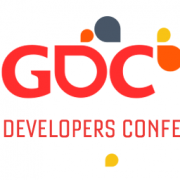
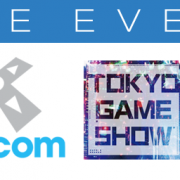


Trackbacks & Pingbacks
[…] Unsurprisingly, the biggest month for the media coverage was E3. We have seen in the past that it is the event in the year that has the biggest media impact. Interestingly, March is next for both platforms. That month sees a lot of game releases, and I suspect a harder push on the media side because of the fiscal year ending. Events such as GDC and PAX East, while having some effect, are not covered enough to be the reason behind the March spike. September is the third biggest month for PlayStation; it sees the double effect of the first wave of the year-end releases and the Tokyo Game Show. […]
Leave a Reply
Want to join the discussion?Feel free to contribute!